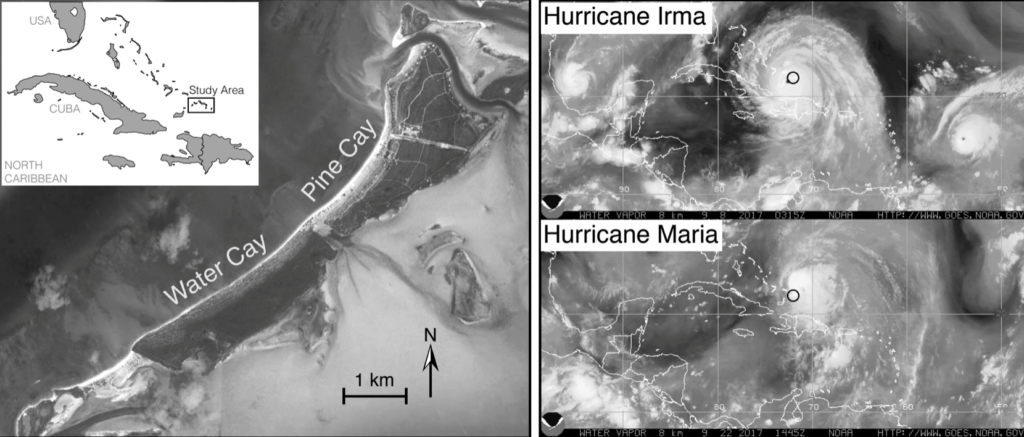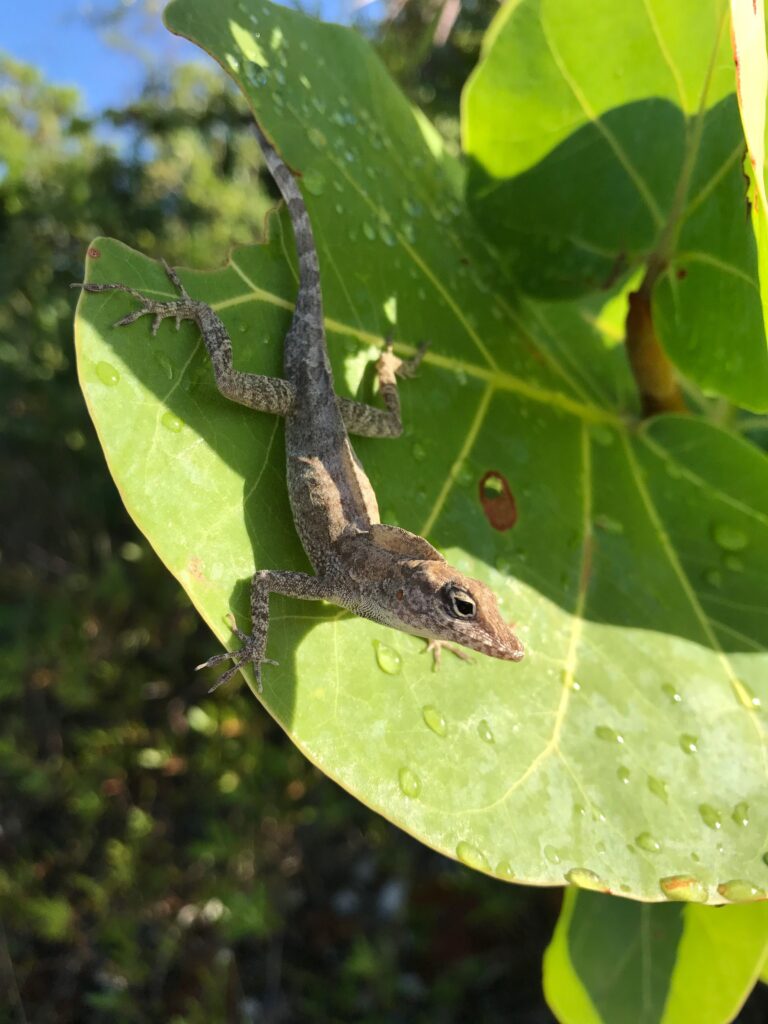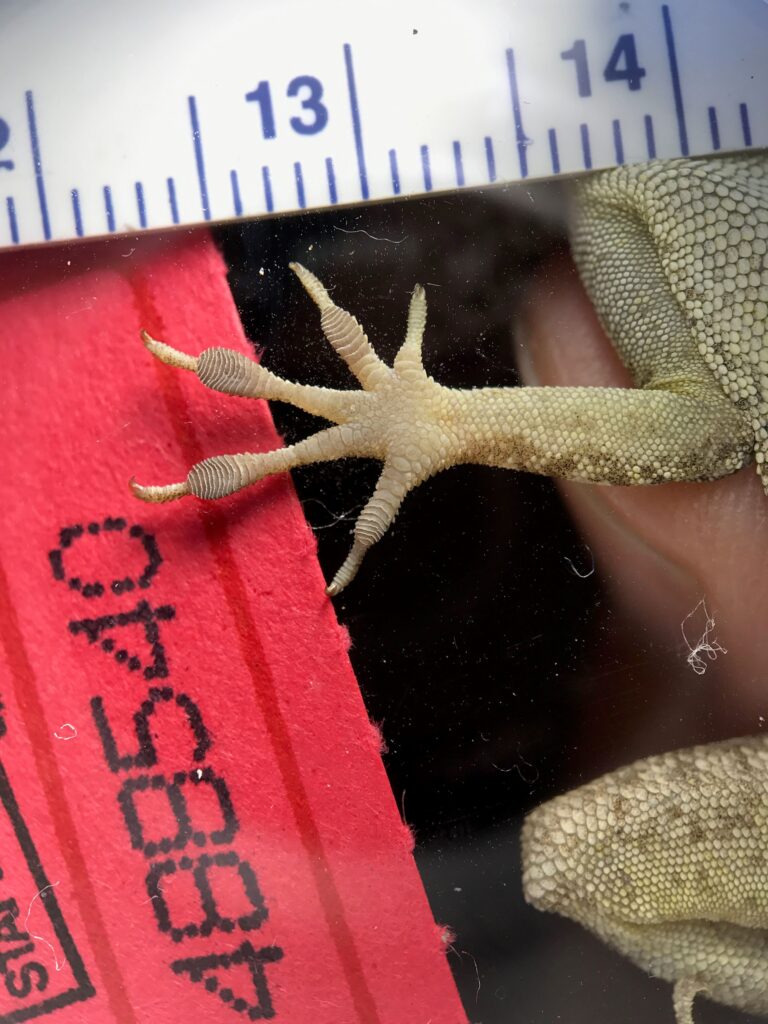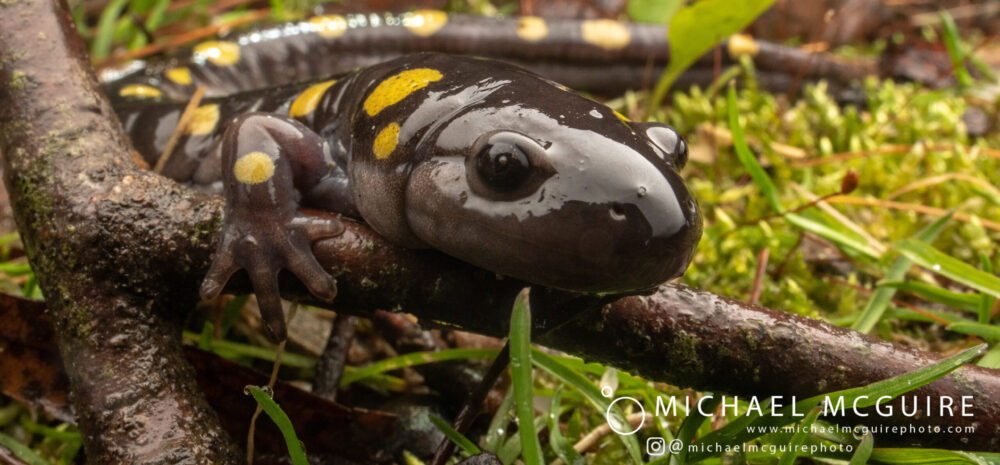By Raymond Looney
Humans are naturally devastated by short-term weather events such as hurricanes, but the news tends to overlook the implications of these storms on natural flora and fauna in the devastated areas. If a changing climate is only going to intensify the impact and frequency of short-term climatic events like hurricanes, we need to find ways to adapt to our changing world or else we are toast. In September 2017, the West Indies and the Alantic coast were devastated by Hurricanes Irma and Maria. The two category five storms, brought with them winds upwards of 150 miles per hour, causing more than $65 billion in damages and caused an estimated death toll of 2,982 in Puerto Rico.

In a paper published in Nature in 2018, scientist Colin Donihue provided evidence for a species of anole lizards to have adapted due to two catastrophic short-term climate events, hurricane Maria, and hurricane Irma. Within a 6-week period, he found evidence that surviving individuals developed stronger grips by selection for larger toepads and forelimbs. This paper received a massive response as it is the first study to test how short-term climate events can cause long-term changes in native populations and cause immediate evolutionary shifts.

Donihue and his team originally went to Turks and Caicos in order to study the impacts of an invasive rat on the endemic species of nearby islands (Pine Cay and Water Cay). In order to do this, he was set to take baseline natural history data of Anolis scriptus (A. scriptus) like body length, toe pad size, forelimb, and hindlimb length. Donihue describes the progression of their research as simply “being in the right place at the right time”, as right after they left the two islands were battered by hurricane Maria and Irma within a two-week period. These two storms caused immense damage to natural flora and fauna as well as human communities. If these events have catastrophic effects on humans, one can only imagine the damage that is put on natural biodiversity. The team initially had no plan to look into the impact of hurricanes on selection, however, were given a rare opportunity to put a very important question to the test.

Three weeks after the effects of Hurricane Maria, Donihue returned to Pine Cay and Water Cay to resurvey the islands for surviving lizards measured forelimb and toepad size to determine if they had differed from their first visit not long ago. They looked for changes in toepad surface area, as an increase in this trait would indicate better clinging ability in A. scriptus. To determine the significance of their results, they questioned whether changes in toepad size of the surviving anoles’ were random, or whether the change was explained by the catastrophic events of the hurricanes.
After an extremely busy two months, the team found evidence for shifts in morphological traits that may have given the lizards a survival advantage during the catastrophic storms. Surviving lizards had significantly larger toepads and forelimb size than the ones originally measured. These results suggest that natural selection has operated to deliver a survival advantage to the individuals with characteristic that helped them to cling tighter to their environment during strong storms.
The findings of this study are imperative to the future of studying climatic effects on natural biodiversity. Most of the studies coming out regarding a warming climate on ecosystem processes focus on long-term processes such as droughts and excessive warming and don’t focus on short-term disturbances like hurricanes. Extreme climate events are only going to increase in frequency and severity in the future and we do not know how the implications of a rapidly warming climate will impact not only humans but natural flora and fauna of the world. Normally we only hear the negatives on climate change, however this study may give a positive view on how some organisms are adapting in real time to our new reality.
